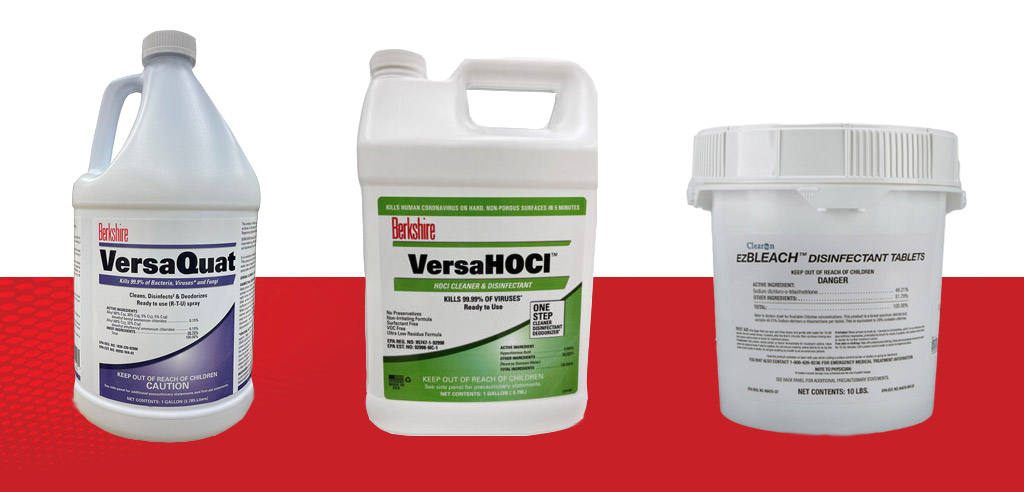Quaternary ammonium compounds (QACs), also known as quats, are widely used as cleaners and disinfectants in the food industry. They have a permanent positive charge that binds readily to the surfaces of most microbes. QACs are effective at concentrations ranging from 200 to 400 ppm for various food-contact surfaces and remain stable and effective for [Read More…]
Category Archives: Knowledge Base
Using a single-bucket mop system in a cleanroom leads to reapplying dirty water, which is unacceptable. Multi-bucket cleanroom mop systems provide a better solution by offering a dedicated bucket for sanitation, clean rinse, and dirty rinse. One bucket provides a clean disinfectant, the second is a rinse disinfectant, and the last serves as a waste [Read More…]
Mops are an excellent option for cleaning sizeable hard surface areas such as floors, walls, and ceilings. Each facility has different areas that require specific cleaning methods. Cleaning contamination that is invisible is already challenging, and it becomes even more complicated when the operators are fully gowned. Moreover, manual cleaning processes can be complex to [Read More…]
Several common cleaners and solvents are available on the market for use with a cleanroom mop system. Knowing the most effective solutions can help you navigate your search with confidence. Note that the solutions mentioned below refer to the cleanroom-grade versions. If sterility is needed, they should have sterility certificates and be packaged in sterile [Read More…]
When it comes to disinfecting or wiping down a cleanroom, using specialized mop head materials is not just a recommendation; it’s a necessity. These materials are designed to prevent the introduction of additional bioburdens, particulate matter, contaminants, or residues. A high-quality fabric with an easy swap design offers a wide range of chemical compatibility with [Read More…]
Different types of cleanroom swabs are made from various materials, each with advantages and disadvantages depending on the specific application. Below, we have listed the most common materials used for swabs and the considerations to remember when choosing a swab for your critical environment. ESD SWABS ESD swabs are suitable for preventing damage [Read More…]
It is essential to use special swabs designed for cleanroom environments. Regular swabs can leave behind contaminants that may harm your critical environment. Cleanroom swabs offer residue-free performance, ensuring they do not leave any particulates behind. They are designed for critical applications, including cleaning sensitive components and static dissipation. Like other types of swabs, critical [Read More…]
Cleanroom swabs have different tip shapes to cater to specific needs in critical environments. Understanding these variations is crucial to selecting the right swab type, ensuring optimal cleanliness and process integrity in sensitive environments. Each swab shape is tailored to provide specific advantages, ensuring efficient and safe cleaning or application processes in various industrial settings.
Cleanroom swabs are essential in controlled environments where maintaining cleanliness and avoiding contamination is crucial. Different types of cleanroom swabs are designed to meet specific requirements and are made from various materials to suit different applications. Some common types of cleanroom swabs include: Cotton Swabs Cotton swabs are small cleaning tools with a cotton tip attached [Read More…]
Cleanroom swabs are crucial tools that find their applications in various industries, particularly in environments requiring strict contamination control, such as cleanrooms and sensitive manufacturing processes. These swabs are designed to effectively clean and remove particles, residues, and contaminants without leaving any trace of lint or other foreign matter. Some common uses of cleanroom swabs [Read More…]




























